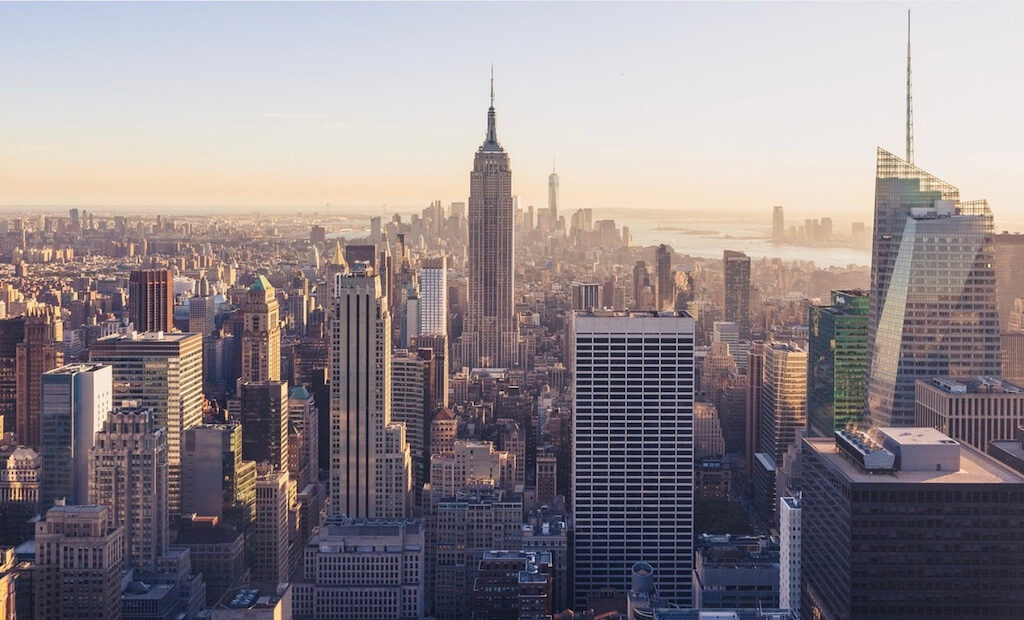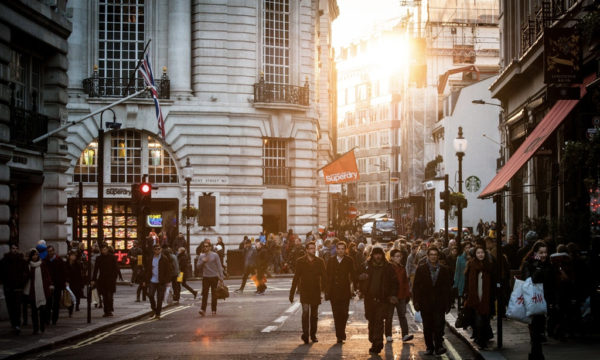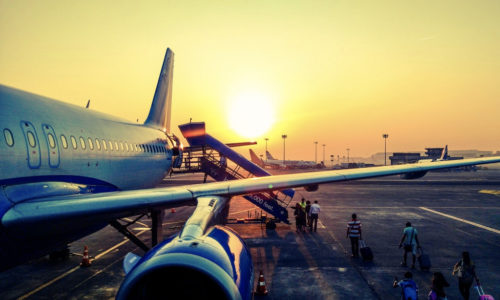Understanding the importance of safety index rankings

There’s a very thin line in differentiating the standards of safety in various countries across the globe. While one country may have low homicide rates, it might demonstrate a tendency for more deaths through traffic accidents. On the other hand, another nation may succumb to regular natural disasters and lose many lives despite a potent healthcare hierarchy.
Safety index rankings are invaluable tools in assessing the security and personal safety parameters of different locations. Stakeholders who rely on this data include tourists, expatriates, investors, policymakers, and students. For a comprehensive understanding of how different locations fare in terms of safety, resources like https://globalresidenceindex.com/hnwi-index/safety-index/ offer detailed insights.
As an example, New Zealand is known for its welcoming populace and low crime rates, in stark contrast to the instability and resource shortages in areas like Caracas in Venezuela. Similarly, countries like Honduras and El Salvador are plagued by gang violence and drug trafficking, whereas Austria enjoys a stable environment thanks to efficient policing in both its political and social spheres.
Who does safety index rankings matter for?
This list is exhaustive yet insightful for the common person to be aware of what possibly puts his or her life in danger. Here are some categories of people for whom the safety index rankings matter:
- Business Owners: Any entrepreneur would verify the security rating of the city they set up in. Factors like threats or robberies may indicate a dangerous environment for business operations.
- Government Employees: Safety index rankings guide government workers in recognizing where their region stands in terms of public safety. Besides resource allocation, this metric helps in policy decisions for better safety standards. Be it for quick responses during manmade disasters or an overburdened healthcare system, the government heavily assesses this data.
- Researchers and Academics: Such rankings spill the beans of insightful data regarding social welfare and urban planning. International relations is another department that can be analyzed to develop studies for corporate bodies.
- International Workers: Working professionals looking at abroad as an employment destination consult these rankings regularly. They can verify the safety of living in a new country or city by studying harm through social conflicts, political risks, homicide, or other metrics.
- Students: Young education aspirants use safety index rankings to research how secure neighborhoods are and whether illiteracy or vigilante groups will jeopardize their goals.
Examples of Countries with High & Low Safety Index Rankings
Numerous situations can cause fluctuations in these safety index rankings.
Countries on the safer side might be managed by effective justice systems and law enforcement processes. They could be under the blessing of high-end education systems and social welfare programs.
Time-tested community practices and strict laws may contribute to extended public safety and order. Additionally, political neutrality and reasonably high standards of living protect such nations from crime.
Countries with the highest safety index rankings include the following:
– Andorra
– Liechtenstein
– Monaco
– Jersey
– Gibraltar
– Japan
– Singapore
On the contrary, nations with lower safety index rankings are victims of prominent unrest. Crime rates, poverty, political discrepancies, resource deficiencies, tribal violence, terrorism, and other similar factors typically lead to these rankings. Some of these nations include:
– Trinidad and Tobago
– Brazil
– Libya
– Colombia
– Guatemala
– Panama
– Iraq
Expert analysis of safety index rankings
Here is some additional information about our expert analysis of safety rankings:
- Role of governance and corruption
Analysts underscore the impact of governance quality and corruption levels on public safety. Government bodies with accountable public welfare systems provide better public safety services. Meanwhile, corrupted bodies may undermine law enforcement and judicial systems, stressing the safety issues in a nation.
- Cultural factors and social norms
The attitudes of nations with strong community ties and social cohesion, regardless of their economic status, lend to lower crime rates. But when issues related to racism and regional conflicts enter the frame, the tension compromises public safety and drops the nation’s rankings.
- Crime vs perception of safety
Many experts in the field argue that crime rates and the public’s perception of safety differ on a large scale. While the media’s reports and personal experiences shape these perceptions, the exact situation varies from person to person.
Moreover, social policies come to the rescue when formulated and enforced correctly. If there’s lower economic stability in the area, then even policies and the media’s views cannot save a nation from dropping their safety index rankings.
Future trends on safety index rankings
While the trendsetting elements will keep getting altered with time, a few things are certainly going to impact rankings continually.
Firstly, the impact of technology in surveillance and data analysis is boosting its contributions to public safety. Yet, it also raises concerns about privacy and civil liberties. Remember, AI and predictive policing make a double-edged sword, but the paranoia of non-ethical utility is debatable.
Secondly, globalization’s impact on safety is noteworthy. Safety issues are no longer confined by national borders. There’s a whole lot of international terrorism, transnational crimes, and cyber threats that call for a series of coordinated global responses. Interconnectedness on these levels calls for evolved public safety nets that show cross-border considerations.
Thirdly, climate change brings new dimensions to public safety. A combination of natural calamities and environmental degradation is multiplying displacement rates in many countries. When we bring resource scarcity into the equation, it’s only fair to say that future safety indexes will incorporate more climate changes into their calculations.
Verdict on safety index rankings
These rankings serve as a barometer for measuring the holistic safety and security of different regions around the world. From individuals hoping for travel or relocation, business setups or international investments, starting a family, or finding a new job – these rankings present deep insights.
It’s the interplay of the above parameters that affect a region’s safety profile.
Lastly, these rankings are valuable resources in our ongoing quest to create safer, more secure communities across the globe.
The editorial unit





















Facebook
Twitter
Instagram
YouTube
RSS